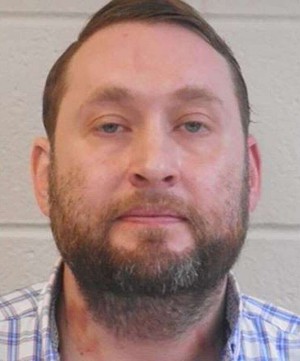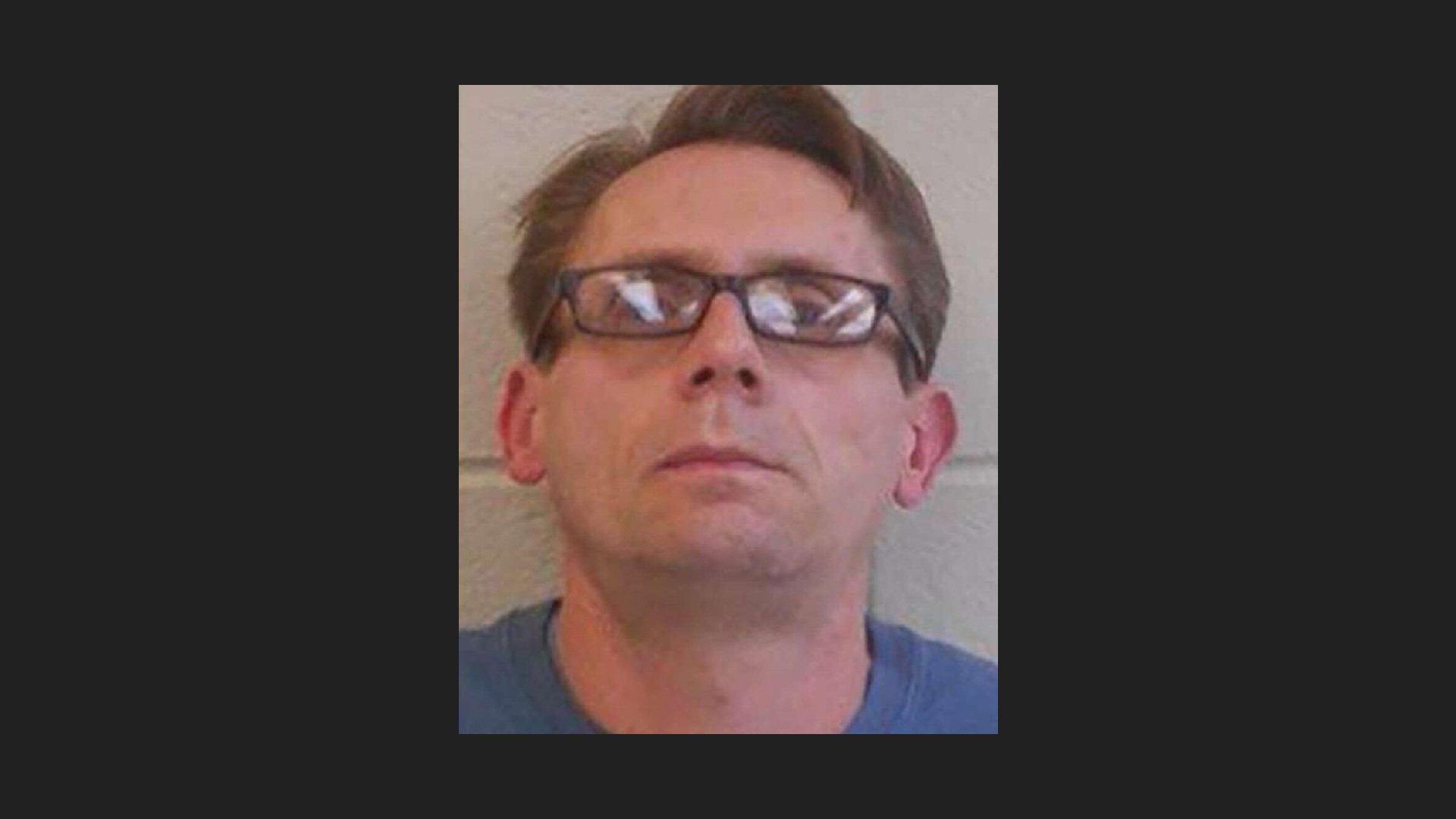One of two former Henderson State University chemistry professors accused of making methamphetamine in a campus laboratory was acquitted Wednesday by a jury in Arkadelphia.
The case gained national attention because of its similarities to “Breaking Bad,” the popular television series about a meth-making high school chemistry teacher.
The Clark County Circuit Court jury deliberated almost an hour before finding Terry David Bateman, 47, not guilty of manufacturing meth and two other less severe drug-related charges. Had Bateman been convicted of the toughest charge alone, he could have faced up to life in prison under Arkansas law.
The verdict in the trial, which began Monday, came despite testimony for the prosecution by the other former professor. That defendant, Bradley Rowland, 42, has a pretrial hearing Tuesday. Rowland’s trial is set to begin Nov. 15.
People who testify against co-defendants often do so as part of a plea agreement in which a prosecutor agrees to recommend a lighter sentence in exchange for a guilty plea and cooperation in the case.

Bateman’s attorney, Bill James, said Wednesday that he thought an informal plea agreement was at play in Rowland’s case. But neither Clark County Prosecuting Attorney Dan Turner nor Rowland’s attorney, Clinton Mathis, immediately returned phone messages seeking comment.
In a statement given to The Southern Standard, a weekly newspaper in Clark County, Turner said, “I’m disappointed with the verdict. I appreciate all the efforts of law enforcement and the Arkansas State Crime Lab and wish Henderson State University success in the future.”
Bateman and Rowland were arrested November 15, 2019, a month after a chemical spill in a Henderson chemistry laboratory forced the closure of the school’s science building. An affidavit from Clark County Sheriff Jason Watson said the Arkansas State Crime Laboratory had found both methamphetamine and a precursor chemical in multiple samples taken from the lab where the spill occurred. Bateman resigned his position two weeks later, and Rowland was fired in January 2020.
Discussing the verdict, James said, “[The university] labs are open to everybody. There was really no evidence that [Bateman] had done anything."
James said law enforcement authorities found a safe in Bateman’s office that contained about 160 empty glass vials, many of which tested positive for methamphetamine. But Bateman said the safe belonged to Rowland.
“My client [Bateman] testified that he didn’t know how to get into the safe,” James said.
Papers describing how to make meth were found on top of Bateman’s desk. Bateman, who testified in his own defense, said he thought they belonged to a student, according to James.
James acknowledged that officers found “things in his lab that were consistent with being used to make meth,” but he said the lab was a public facility. “It wasn’t like he was on an island.”
“I told the jury in closing arguments that it is possible he [Bateman] did this, that I could not prove he did not do it.” But there also wasn’t enough evidence to prove Bateman was guilty of the allegations, James said.
Bateman was charged with felony possession of drug paraphernalia to make meth and felony manufacture of a controlled substance other than meth — specifically phenylacetone, also known as P2P or phenyl-2-propanone. P2P is the penultimate chemical step in a common technique used to manufacture meth.
Rowland is charged with manufacturing methamphetamine, possession of paraphernalia to make meth, possession of a substance used to make meth, and manufacture of a controlled substance, specifically phenylpropanolamine. Just as Bateman could have, Rowland could also get an enhanced penalty for manufacturing a controlled substance on a college campus.
After the chemical spill in the Henderson science building was reported Oct. 8, 2019, classes were cancelled and instruction was disrupted for weeks. A team from the National Guard, which was called in to help police identify hazardous chemicals, noted the lab in which the spill occurred was in a state of disarray and filled with “open, unlabeled glassware in the sinks and workbenches, most containing some liquid.”
Henderson ultimately spent $149,917 to clean and repair the three-story building. The lab where the spill occurred was entirely gutted and now serves as a storeroom for supplies.
A spokesman for the Arkansas State University System, which took over Henderson in February, did not immediately return an email seeking comment late Wednesday.
This story is courtesy of the Arkansas Nonprofit News Network, an independent, nonpartisan news project dedicated to producing journalism that matters to Arkansans.
